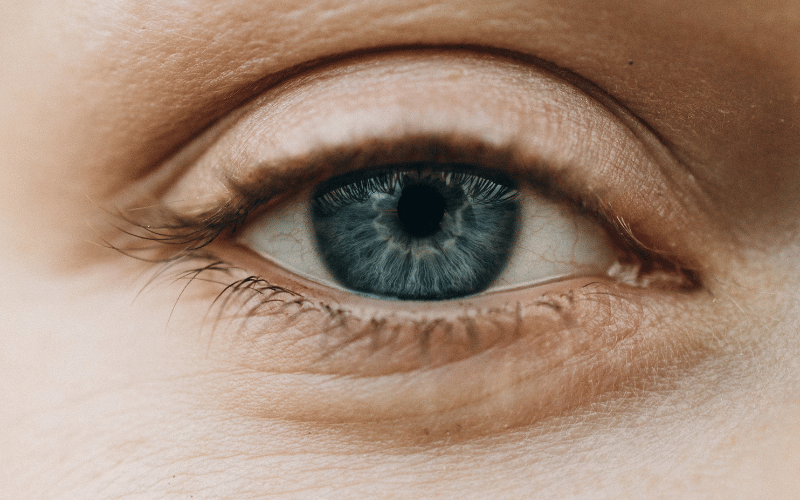4. Argyll Robertson Pupils: The Eyes That Deceive

Argyll Robertson Pupils (ARP) have been intriguingly termed ‘prostitute pupils’, but not for scandalous reasons. The name derives from their unique and deceptive behavior: they constrict when focusing on a near object but fail to react to direct light. In other words, they ‘accommodate’ but do not ‘react’.
Historically, the discovery of ARPs was a significant diagnostic landmark. They’re not just unusual; they’re highly specific to neurological syphilis, particularly tabes dorsalis. These pupils are small, irregular, and often both eyes might not even match in size.
But why does this happen? The behind-the-scenes story unfolds in the midbrain, where the light reflex pathway gets disrupted. However, the pathway for accommodation (focusing on near objects) remains untouched, leading to this unique phenomenon.
Interestingly, the very existence of ARP challenges our understanding of the eye’s anatomy. While we often regard the eye as a mere organ of sight, its nuances, like ARP, remind us that it’s a window into deeper neurological landscapes. A mere flashlight shone into the eyes can reveal secrets lurking in the shadows of our nervous system.
This symptom, while seemingly benign, acts as a harbinger, a signpost pointing towards a deeper underlying issue. While it might not directly impair vision, its diagnostic significance is monumental, making it a vital aspect of the tabes dorsalis puzzle. (4)